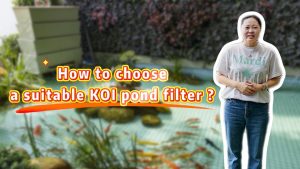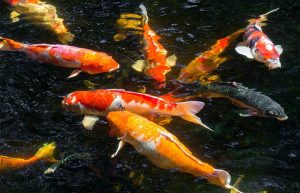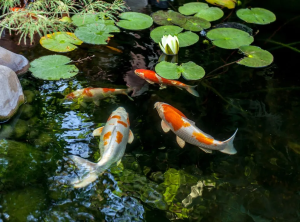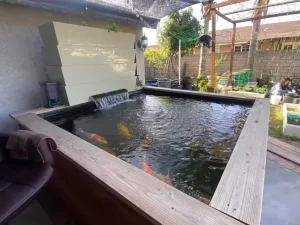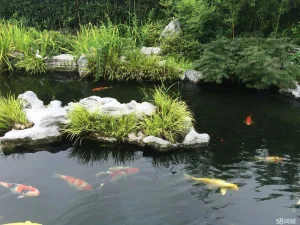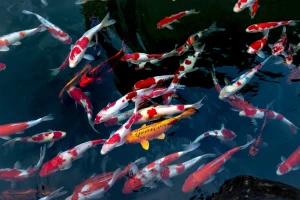The behavior of koi not opening to eat and sinking to the bottom of the pool can be caused by a variety of factors, which usually reflects that the koi may be in an unhealthy or stressed state. Here are some common reasons that may lead to this behavior:
1. Water Quality Problem:
Water quality is an important factor affecting the health of koi carp. High levels of ammonia nitrogen, nitrite, or low dissolved oxygen levels can cause koi to feel unwell, reducing feeding and sinking to the bottom of the pool. Regular testing of water quality parameters to ensure they are within the appropriate range is key to preventing such problems.
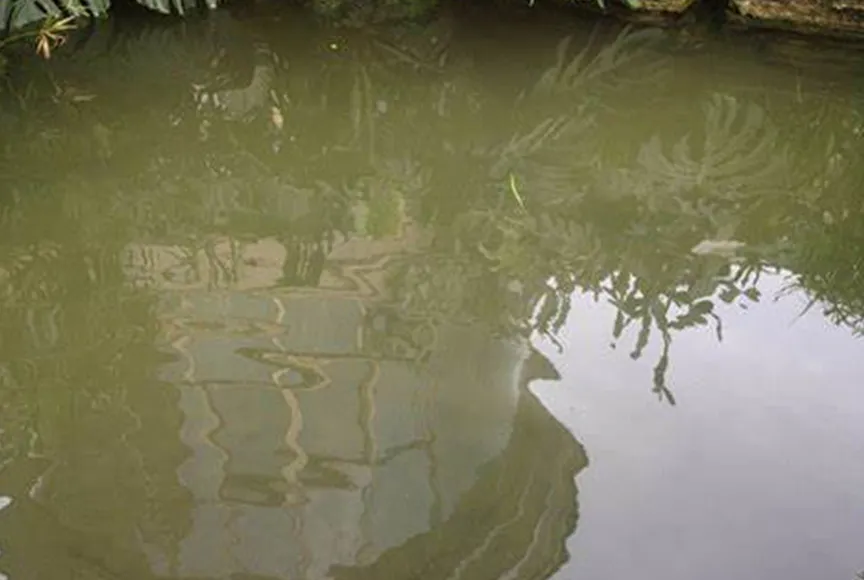
2. Temperature Change:
Koi are sensitive to temperature changes, especially sudden drops in temperature, which can cause their metabolic rate to drop, their appetite to decrease, and they are more inclined to seek warm places on the bottom of the pool. In winter, measures should be taken to keep the water temperature stable.
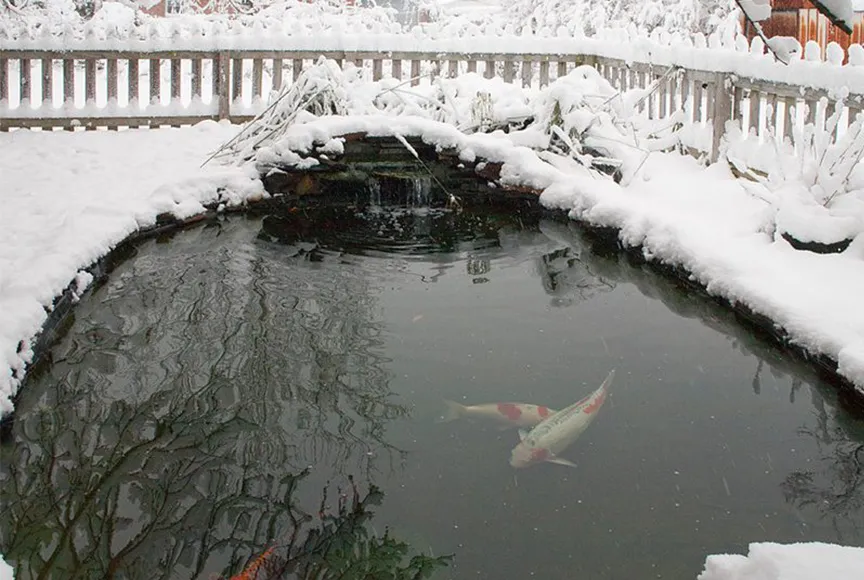
3. Disease or Parasite:
Koi can be infected with various diseases, such as bacterial infections, fungal infections, or parasites, which can cause them to lose their appetite. Observe whether koi have other abnormal behavior or body surface symptoms, such as edema, white spots, erythema, etc., and take timely treatment measures.
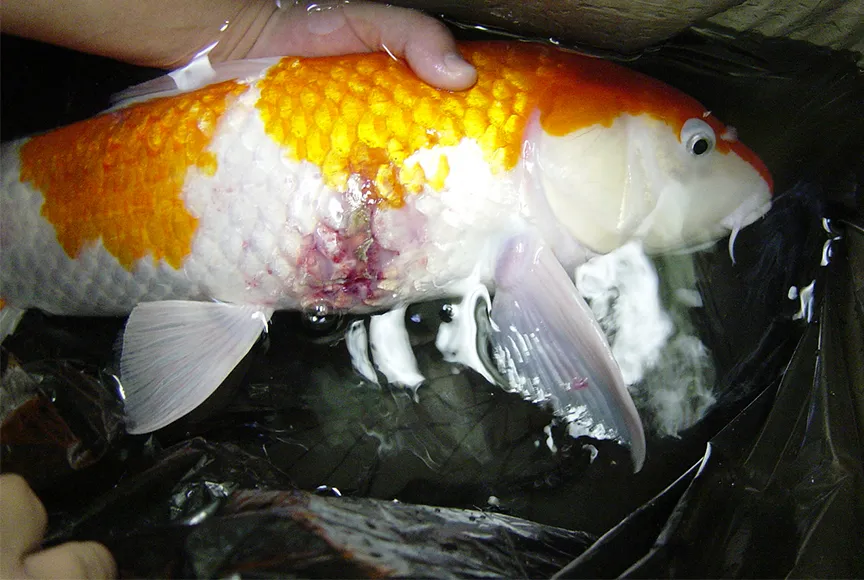
4. Stress Response:
Overcrowding, sudden changes in the water environment, overfeeding, or unstable water quality can cause stress responses in koi, leading to decreased appetite. Reducing stressors and providing a quiet, stable environment can help restore their health.
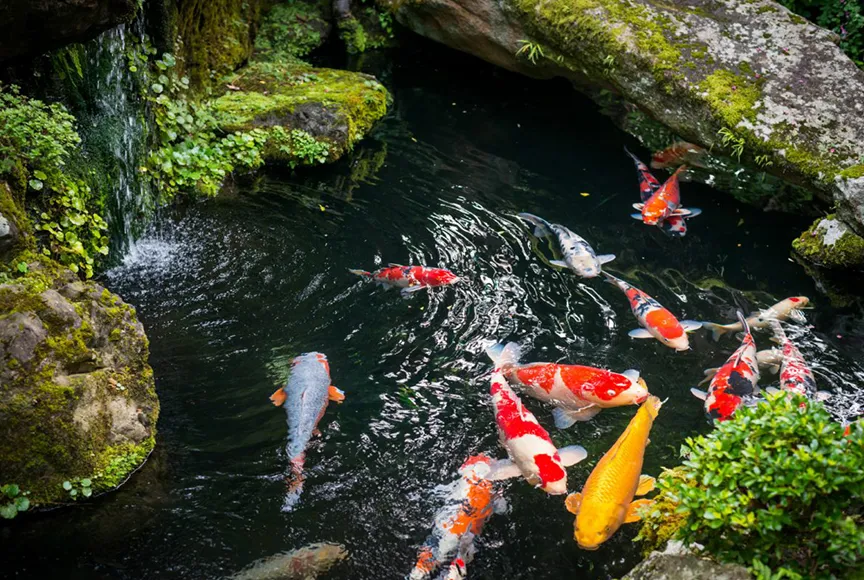
5. Digestive Problems:
Koi may be reluctant to eat because of indigestion or intestinal blockage. Avoiding overfeeding, especially high-protein diets, can reduce such problems.
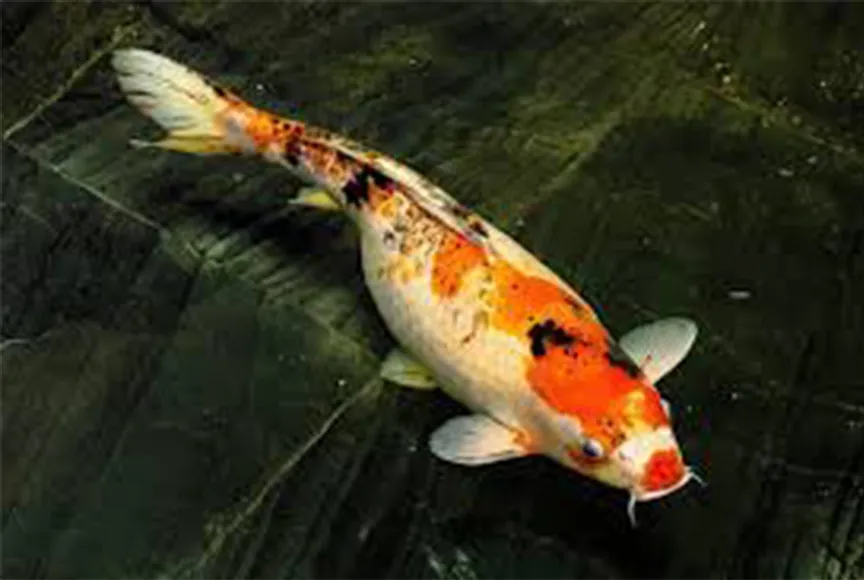
6. Age and Seasonal Factors:
In old koi or when the season changes, the appetite of the koi may naturally decrease. This is usually a normal physiological reaction, but it still needs attention if it is accompanied by other unhealthy symptoms.
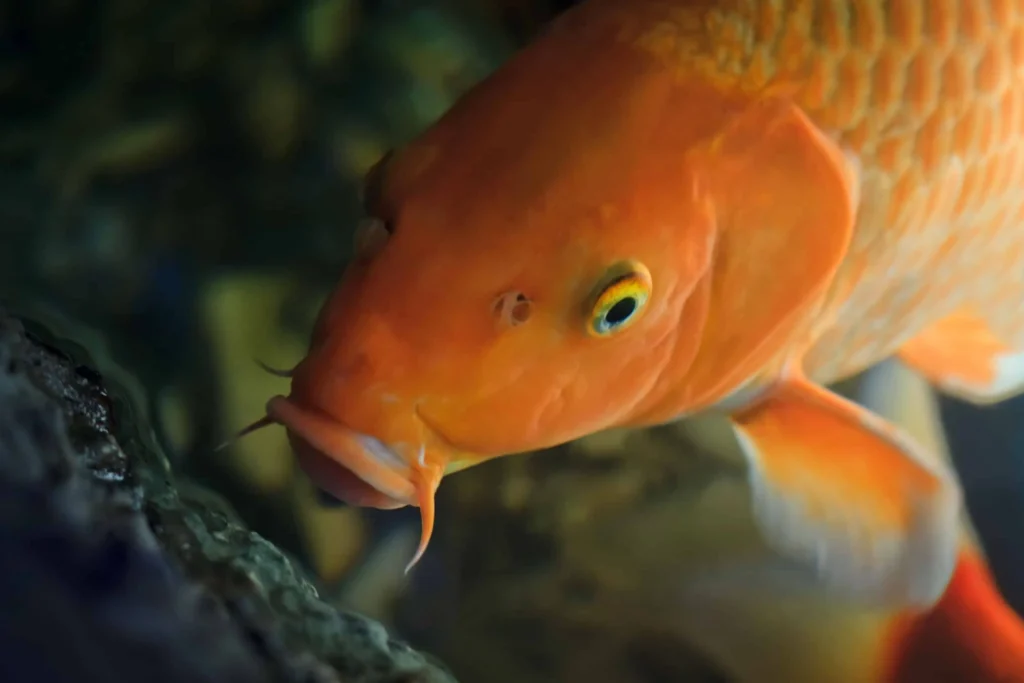
Coping Measures
Check water quality: Test water quality regularly to ensure that ammonia nitrogen, nitrite, nitrate and pH levels are in the appropriate range.
Improve water temperature: Keep water temperature stable, especially in seasons with high temperature changes, using heaters or shading measures.
Observe and isolate sick fish: If a sick fish is found, isolate it immediately and consult a veterinarian or professional for appropriate treatment.
Reduce stressors: Keep the fish pond environment stable, avoid overcrowding, and perform regular water quality maintenance.
By comprehensively considering the above factors and taking corresponding management measures, the health status of koi carp can be effectively improved and their normal feeding and activities can be promoted.

